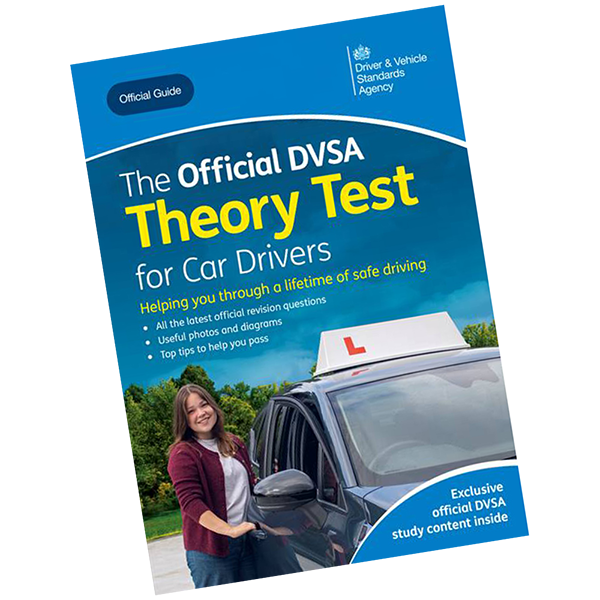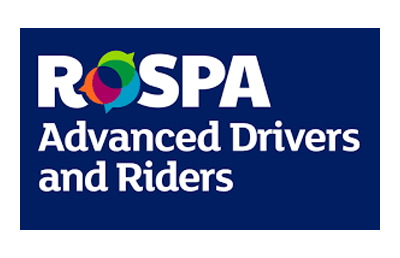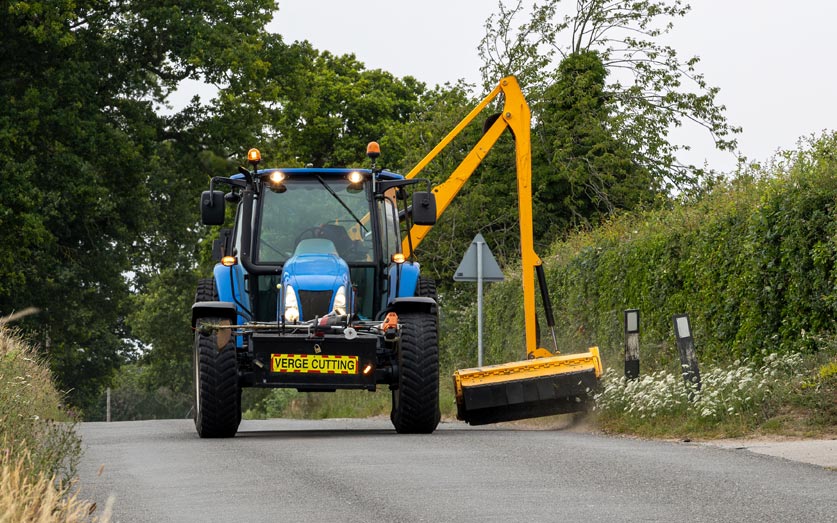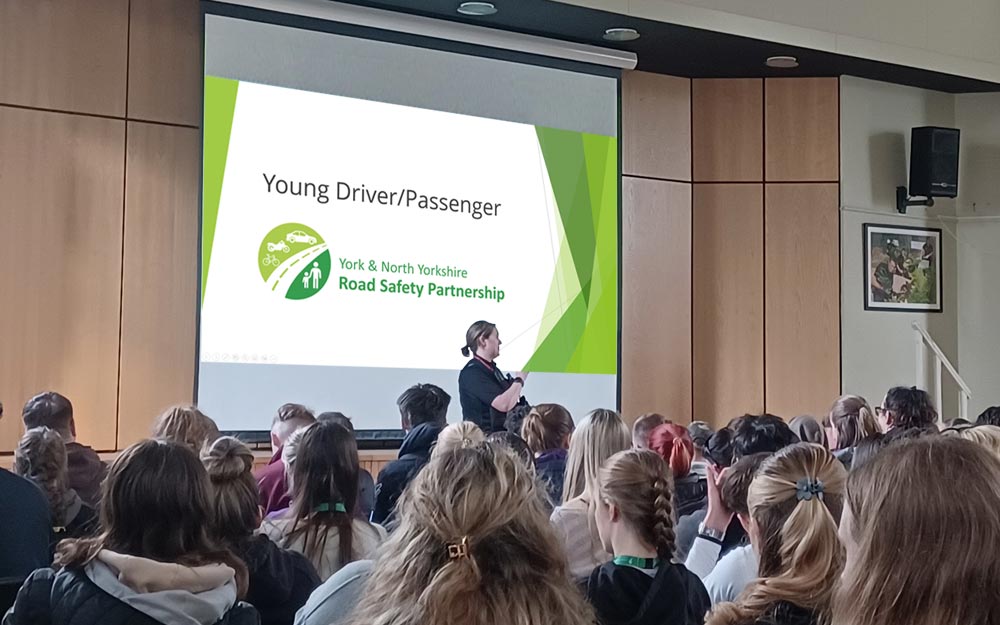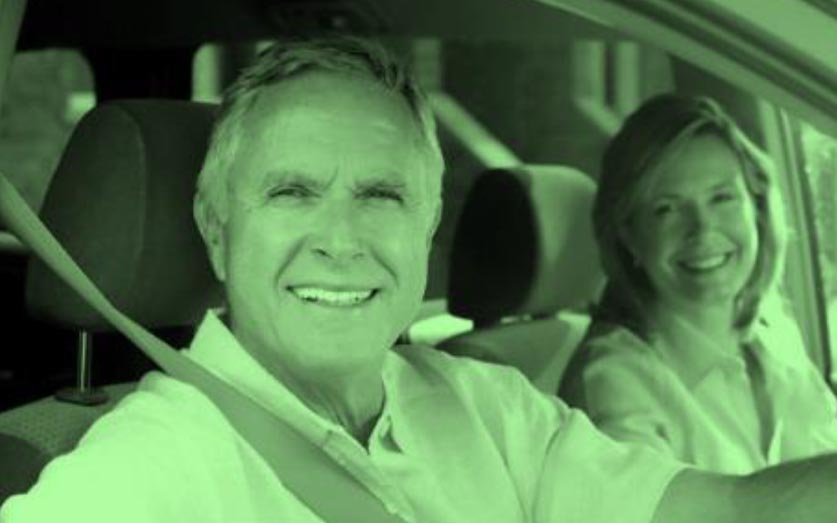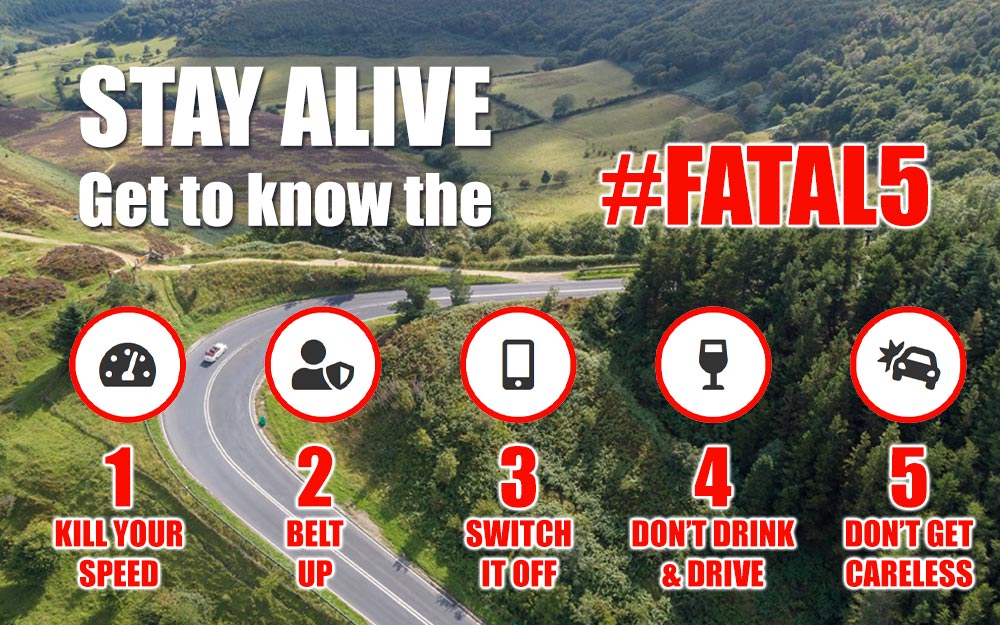Young Drivers
Learning or just passed
New and young drivers are one of North Yorkshire’s most at risk road users.
We want to provide you with the knowledge to keep you safe.
Under 17 Driving
There are a lot of young driver schemes running around the country which put young teenagers in the drivers seat of their parent/guardians car on private land.
You will learn basic manoeuvres as well as road safety and you will be better prepared for taking to the public roads when you are old enough.
Apply for your provisional licence
You don’t need to wait until you’re 17 to apply. You will need a government gateway ID or you can complete a D1 form from the post office.
To apply you must:
- Be at least 15 years and 9 months old
- Be able to read a number plate from 20 metres away
- Have been given permission to live in Great Britain for at least 185 days
Practical test
This takes place on the public road and you will have an examiner sat next to you. The test usually lasts around 40 minutes. Many fail their first practical test, so you shouldn’t feel too disappointed if you don’t pass first time around.
Mobile phones are the biggest distraction to road users, put yours away whilst you are driving.
Out of sight, out of mind!
Driving is about skill and attitude
Did you know?
• Around 25% of UK fatal collisions involving drivers aged 17-24 are attributed to excessive speed.
• 1 in 5 drivers crash within a year of passing their test.

 What is Peer Pressure? It is the positive or negative influence between friends and within groups.
What is Peer Pressure? It is the positive or negative influence between friends and within groups.
When you pass your test, naturally, you will want to take your friends out in your car.
However, many collisions involving young drivers happen when they have been travelling with friends in the car who may have been urging them to speed or generally distracting them.
Saying no to friends and peers can be hard if you fear it might turn them against you. Try not to over-explain or justify yourself – it’s your decision.
Hazard Perception
There are hazards all around us in day-to-day life. We can sometimes be too distracted to notice them but when driving we need to be alert and aware at all times.
It is good to practice spotting things as soon as possible in your learning. A good tip is to say things out loud. Advanced police drivers sometimes give running commentaries as they drive. You can practice hazard perception by following this link www.safedrivingforlife.info
First Car, First Responsibility
Buying a car could be your first major commitment
Buying or receiving your first car is a huge event in your life as a driver.
With a car comes responsibility and things that you must keep on top of to avoid being in trouble if stopped by the police.
Things to remember…
You must keep your vehicle in good repair. Before you drive anywhere, check that your lights, horn and brakes are all working. Tyres need to be checked for tread depth regularly and you must ensure they have enough air in at all times.
Driving Licence – photocards must be renewed every 10 years or sooner if you change name or address. Instructions on what to do can be found at gov.uk/browse/driving/driving-licences
V5C – This is the registration document for your vehicle. It shows who the current and previous keepers have been. Cars cannot be sold without a V5C. Replacements can be obtained from gov.uk/vehicle-log-book
Vehicle Excise Duty (TAX) – All vehicles must be taxed if they are used or kept on a public road. The cost of this depends on the vehicle’s engine size or CO2 emissions, which is determined by the date of its first registration. You can tax a vehicle for either 6 or 12 months and you will be sent a reminder when the renewal is due. You must make sure your contact details are up to date.
MOT – All vehicles, once they are 3 years old, must have an annual roadworthiness test, the MOT. This involves a lot of things being checked to ensure they are working correctly. Your vehicle will either pass, pass with advisories or fail the test. If it fails, you will be given so long to rectify the issues and have it re- tested. It’s best not to leave booking it until the last minute.
The only time you can drive a vehicle on a road with an expired MOT is to a pre-arranged test appointment. There is no reminder for this, so make sure you set your own on your phone or calendar.
The Fatal 5
Road users who commit one of the fatal five offences are far more likely to be involved in a fatal collision than those who do not. The partnership will focus activity within these priority areas to address the fatal five aspects that dominate road traffic collisions.
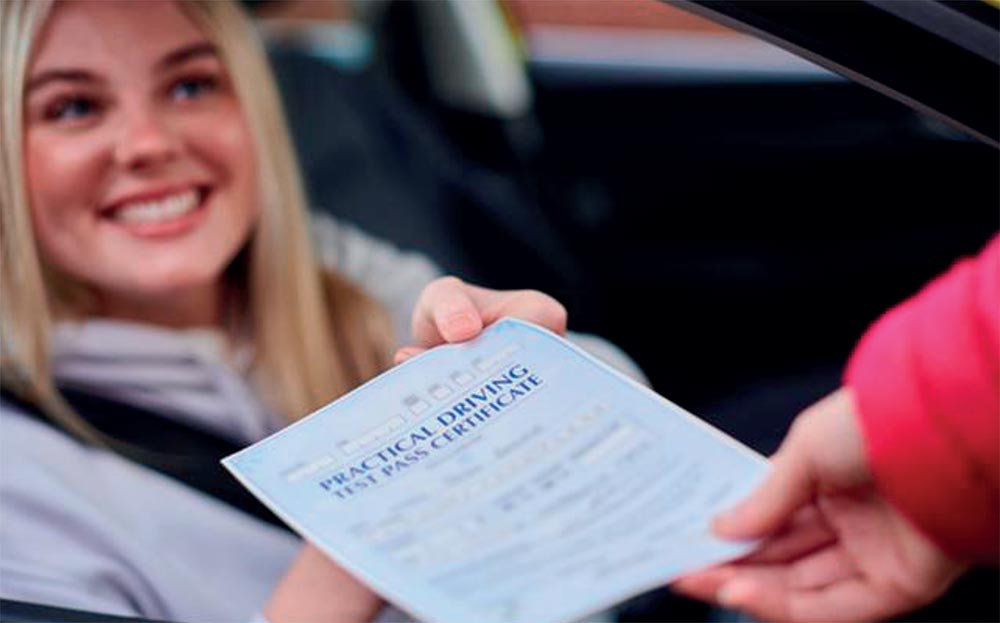
All 5 of these are completely avoidable if we take our responsibility as a road user seriously. They all carry penalties and could lead to you losing your licence or even imprisonment.
Passing your test does not mark the end of your learning to drive journey, it means that you can drive to the minimum required standard. You will be continually learning when you are behind the wheel or on a motorbike.
An insurance policy that includes a black box will hold you accountable for your driving behaviour, reduce insurance costs and lead to improved driving.
Behaviours of Young Drivers
Young Drivers and the Brain
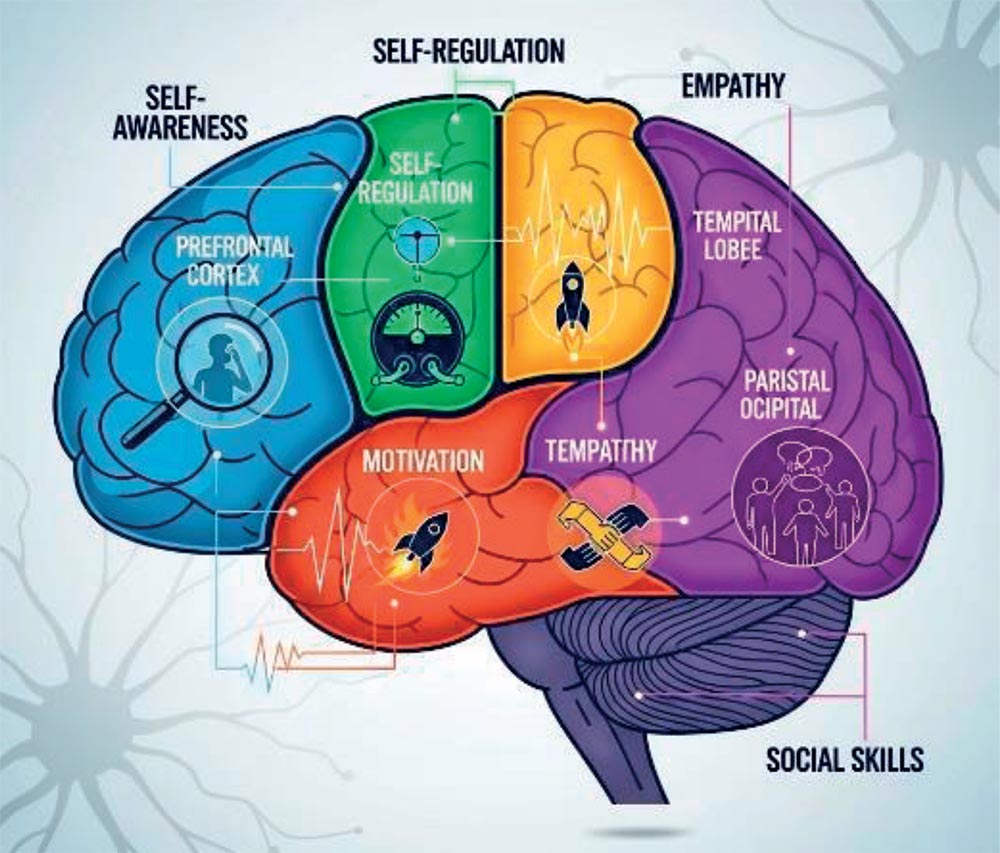
The prefrontal cortex is responsible for rational thinking, decision making and assessing danger. However, it is not fully developed until around age 25.
The hyper-sensitive limbic region (rewards risks) is also overactive between the ages of 15-24, making you more likely to be influenced by your peers and indulge in thrill-seeking behaviour.
Hormonal shifts make it harder to achieve deep sleep and lead to more fatigue during the day.
Have you considered advanced driving?

